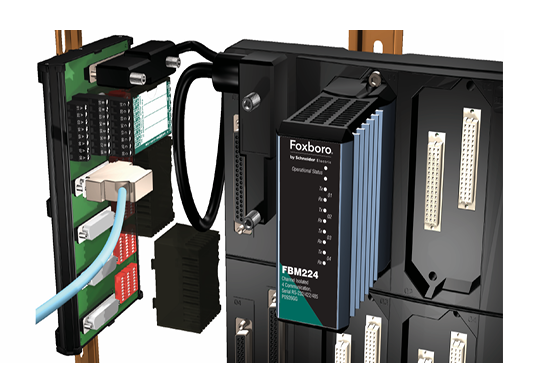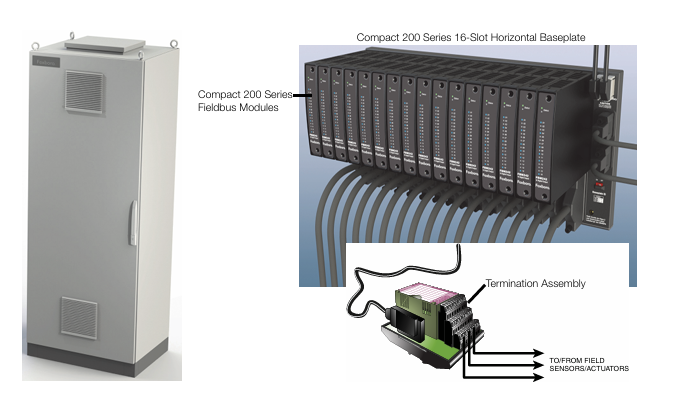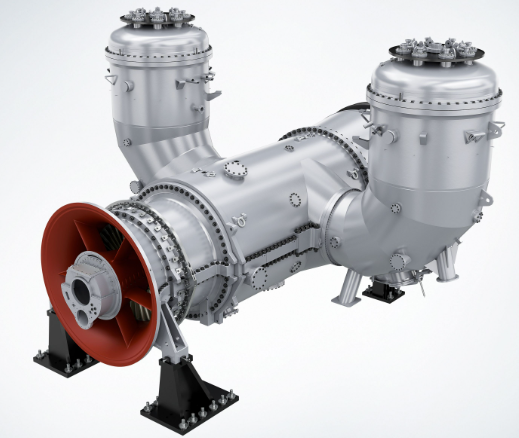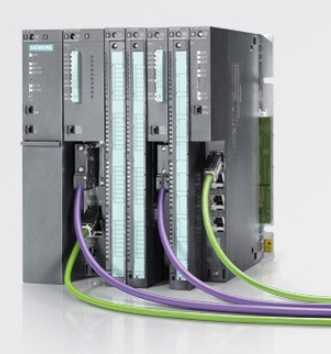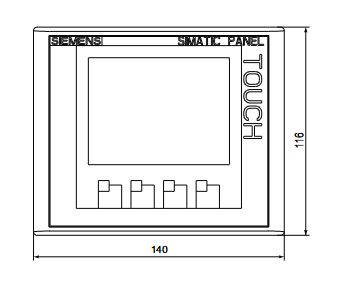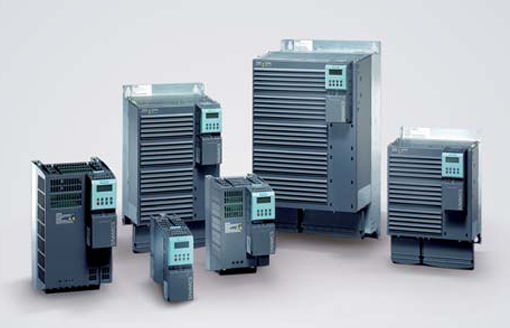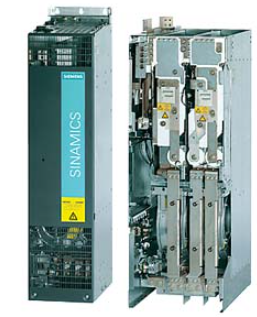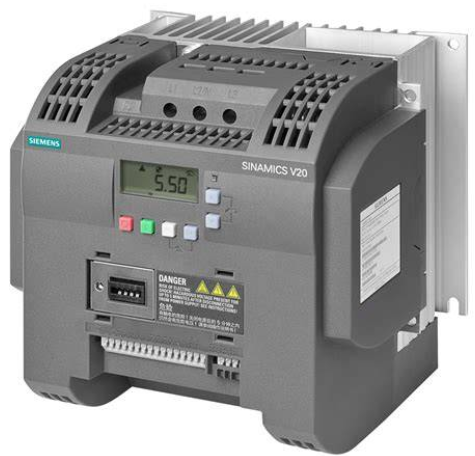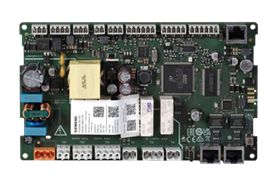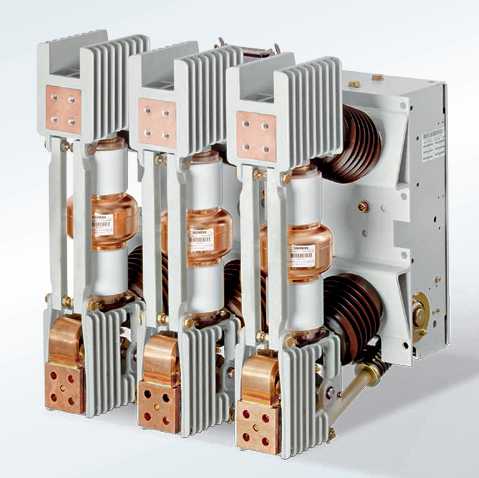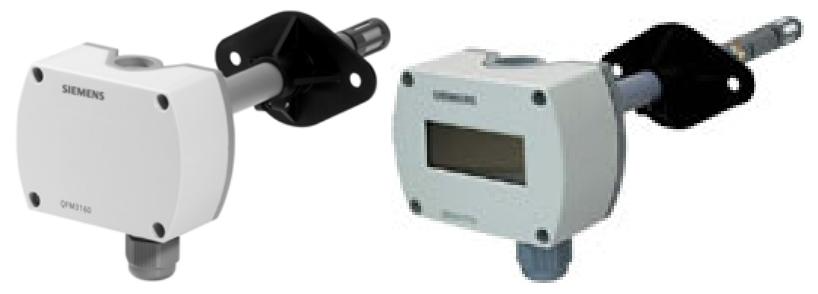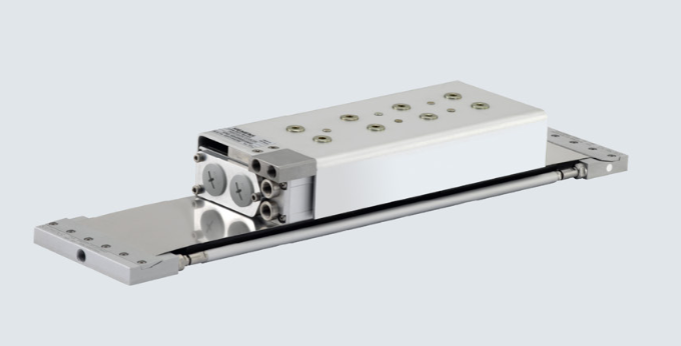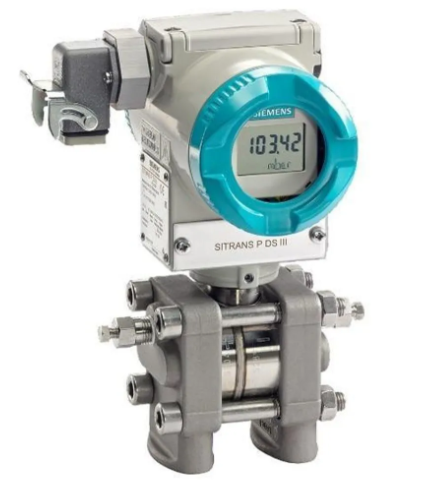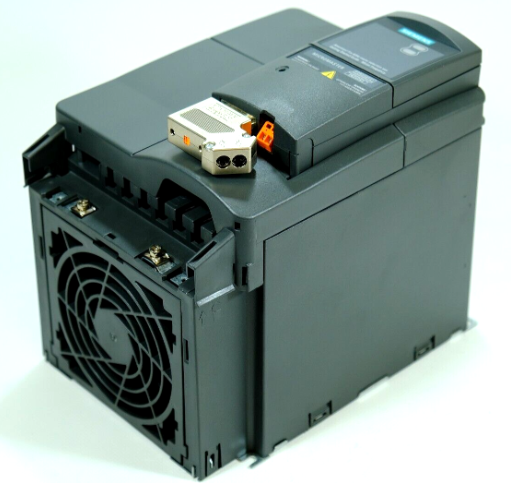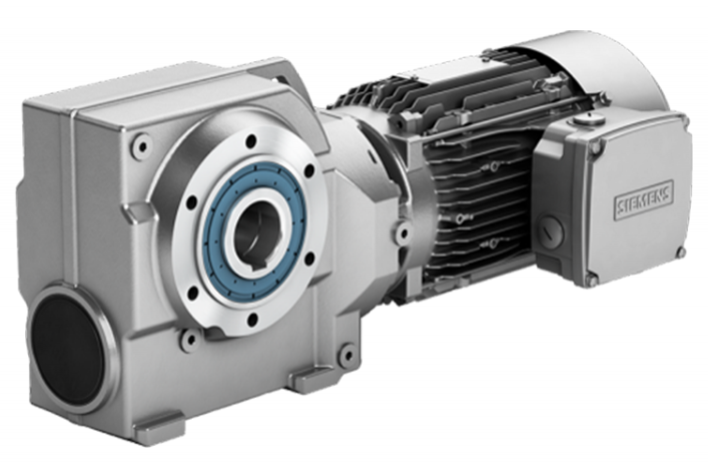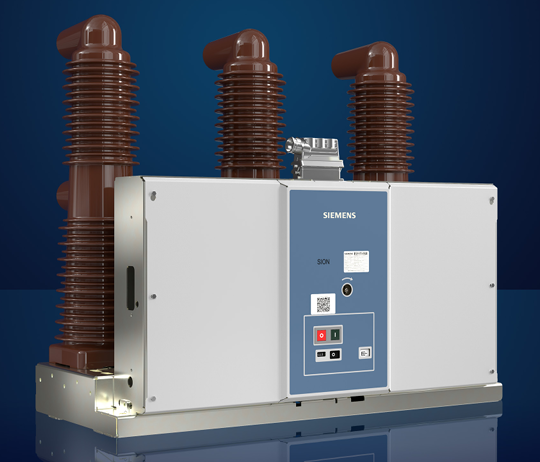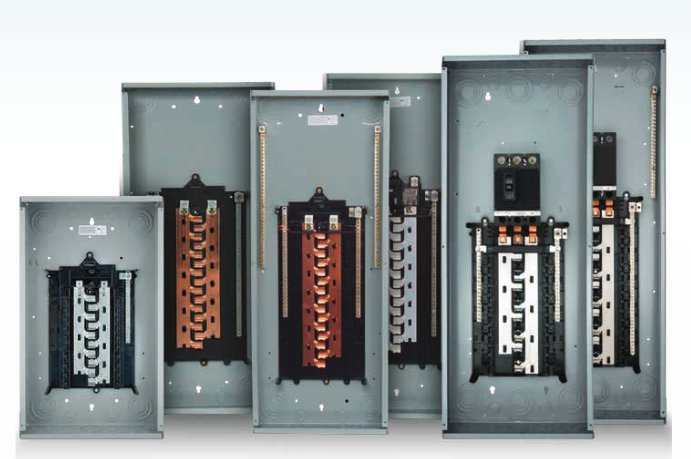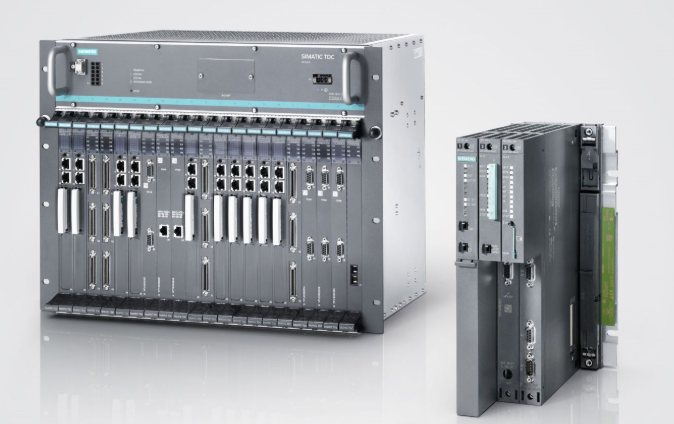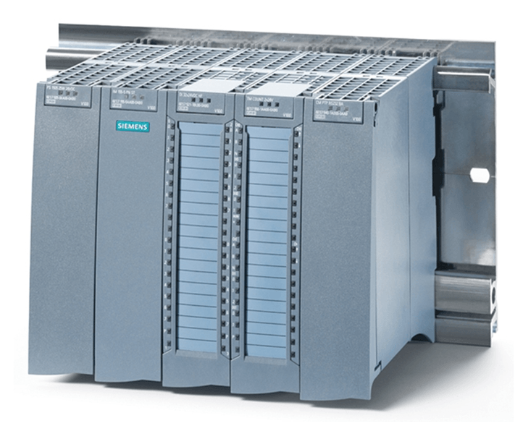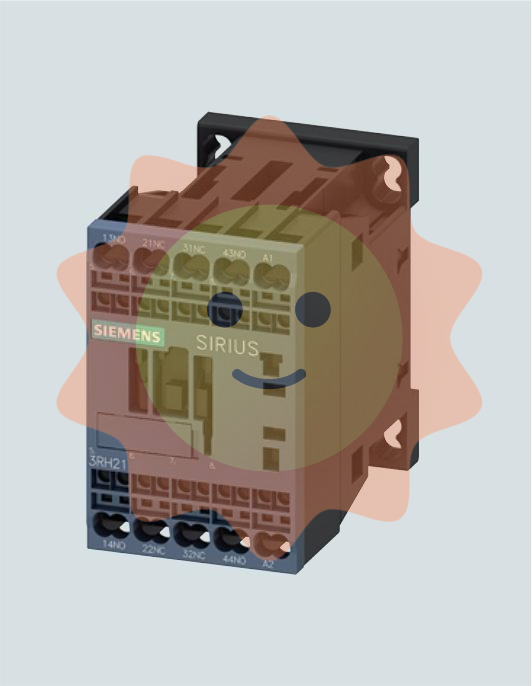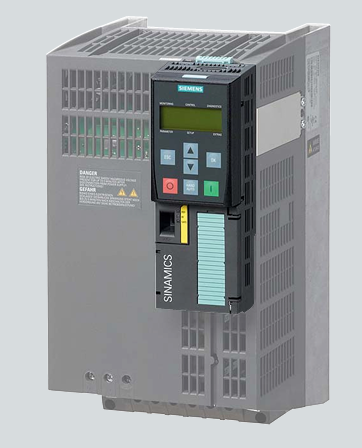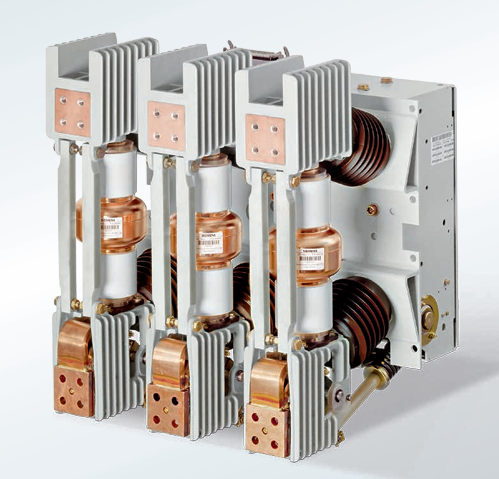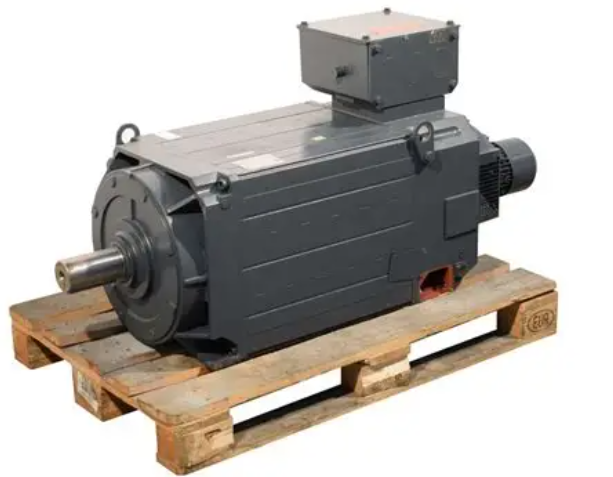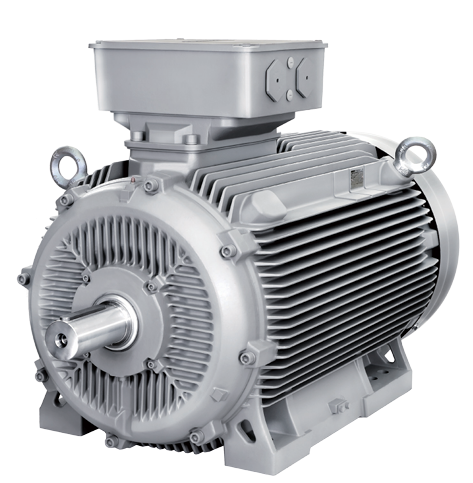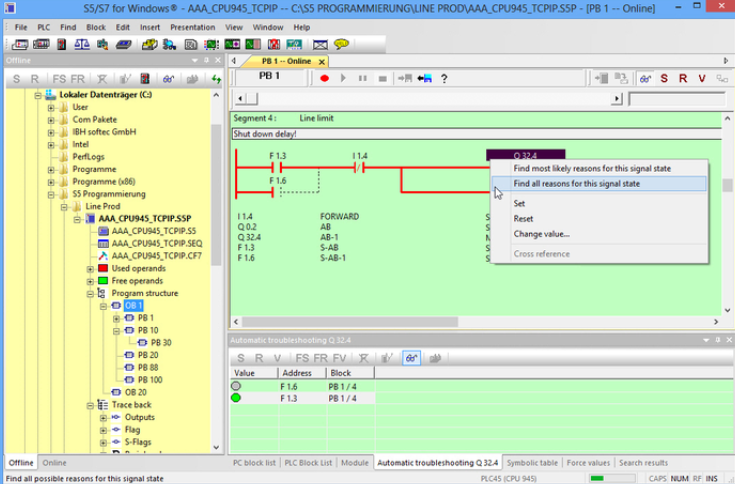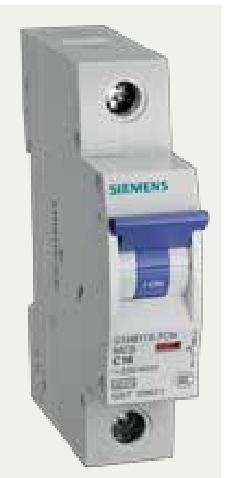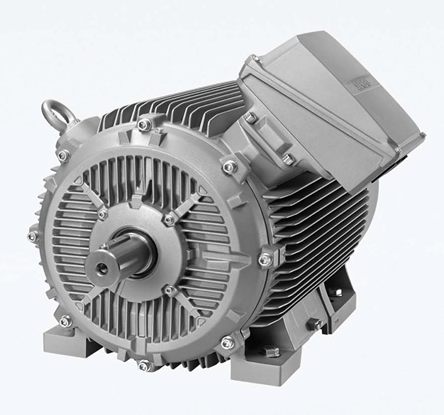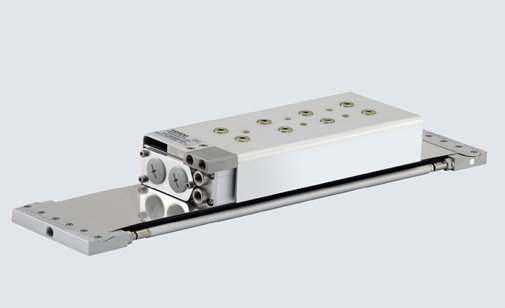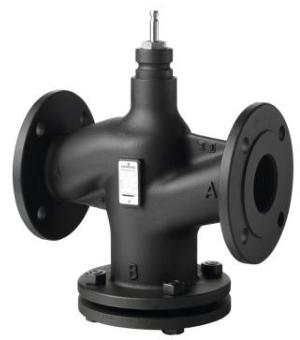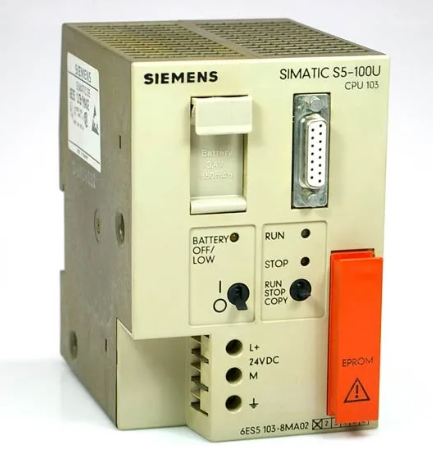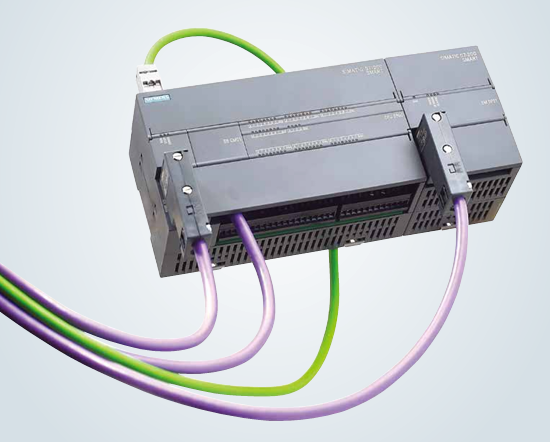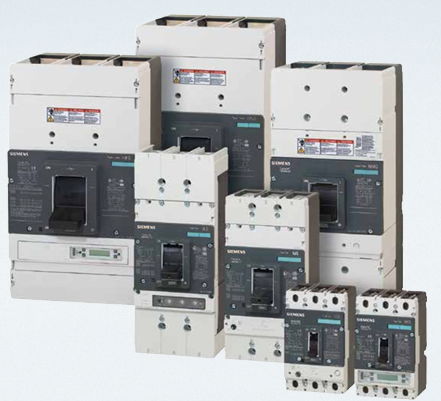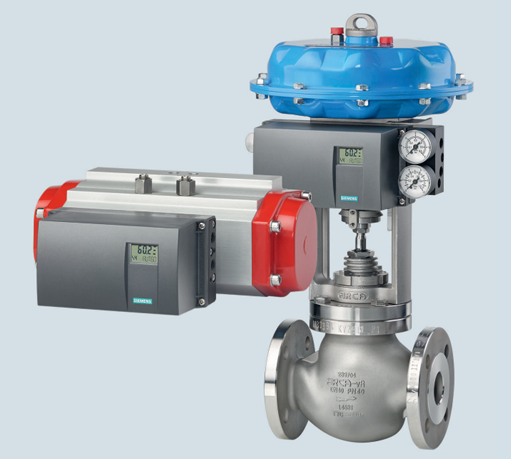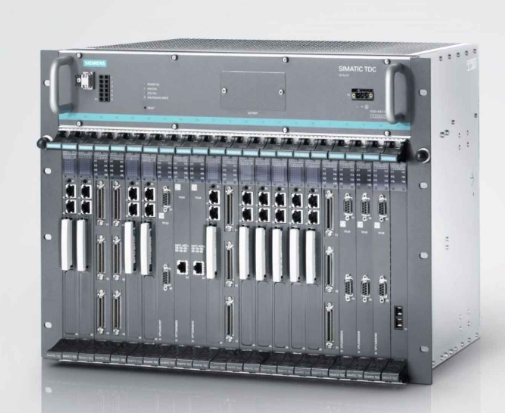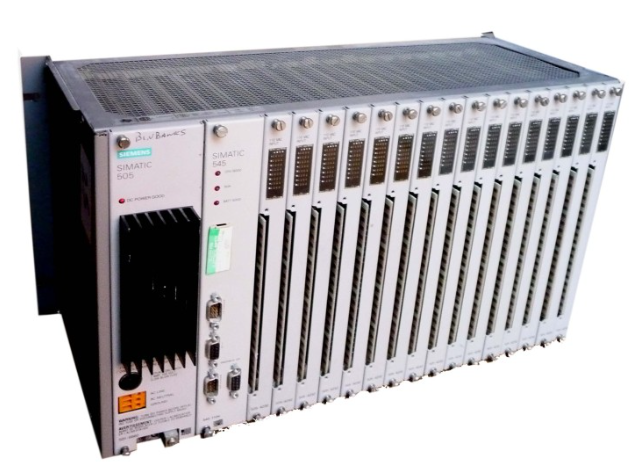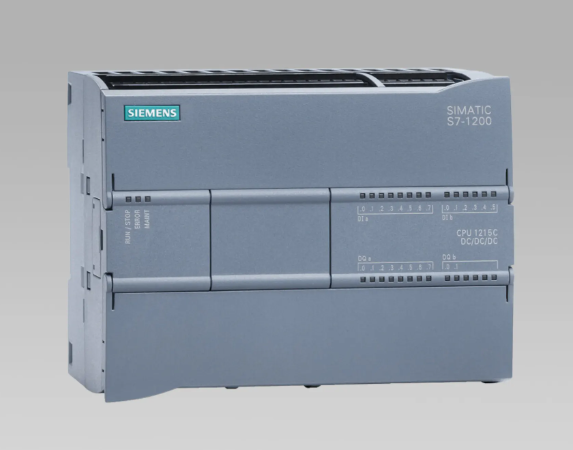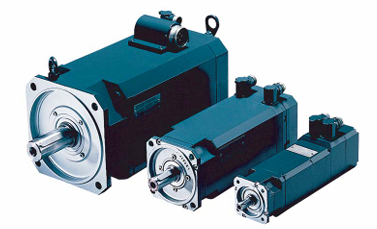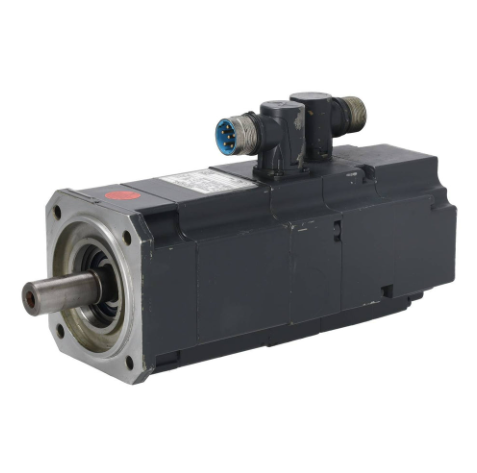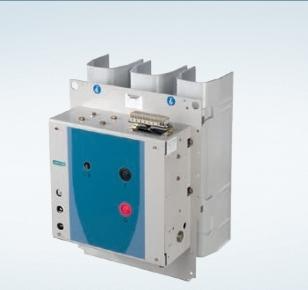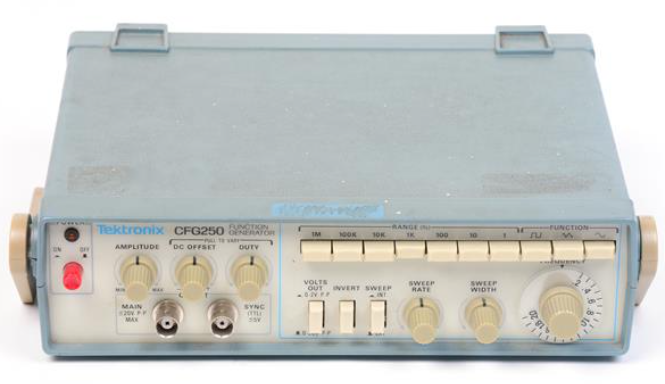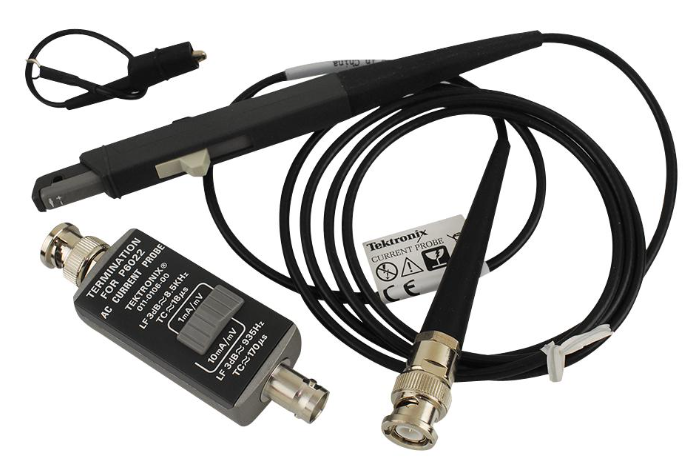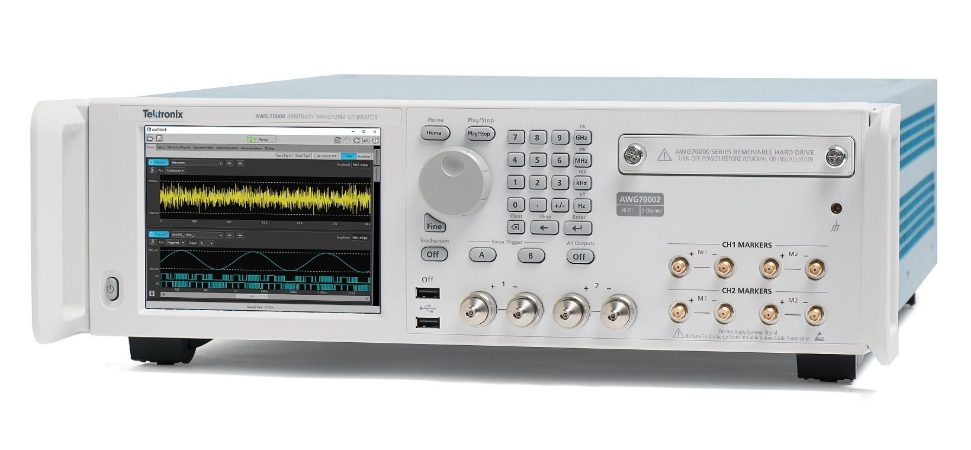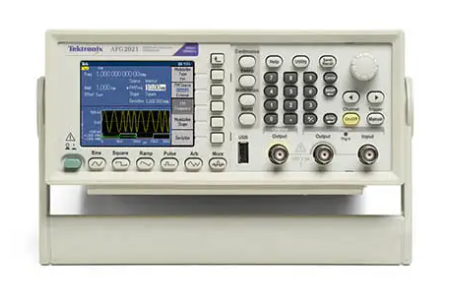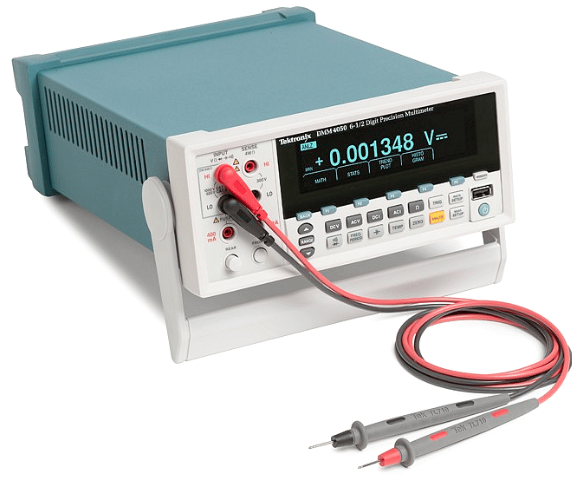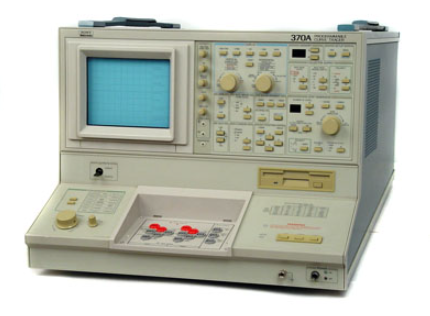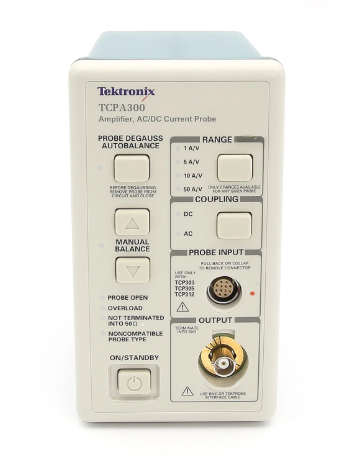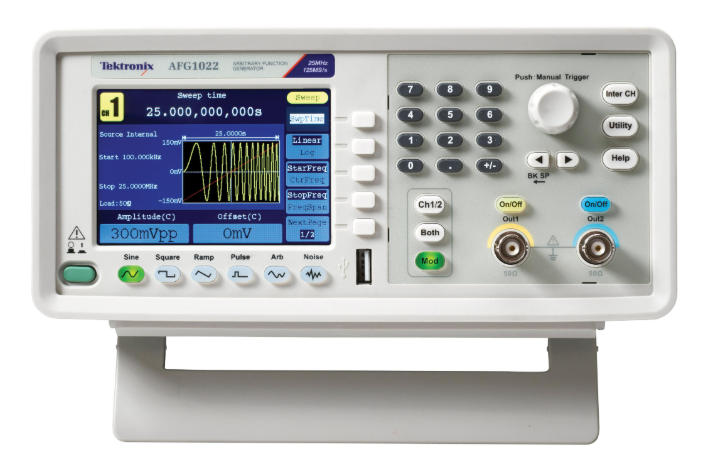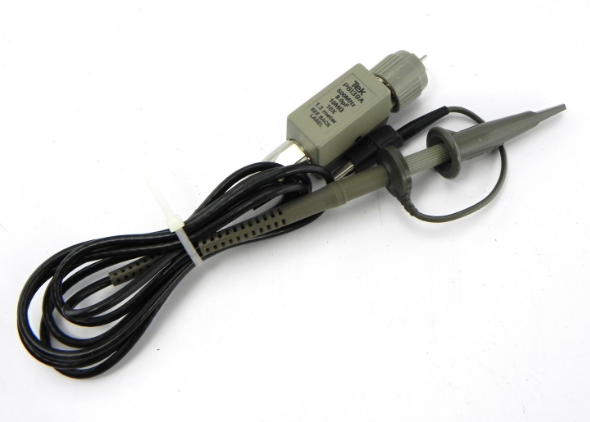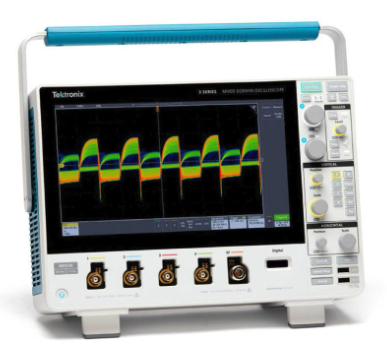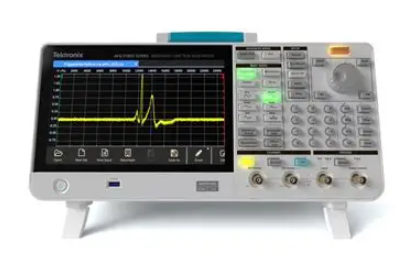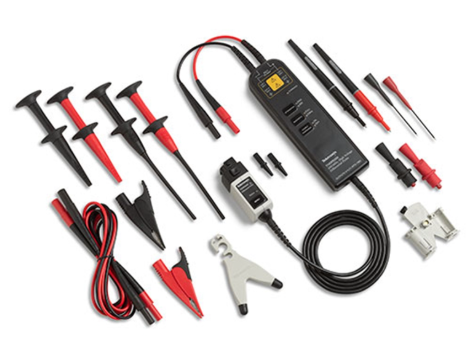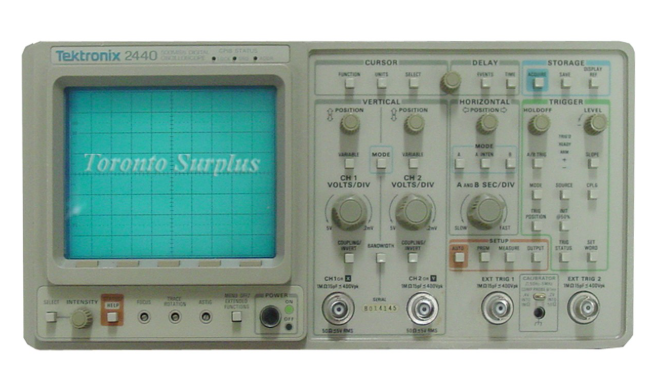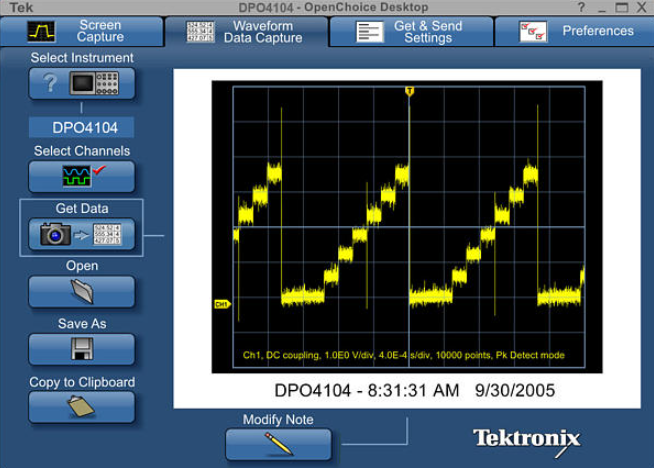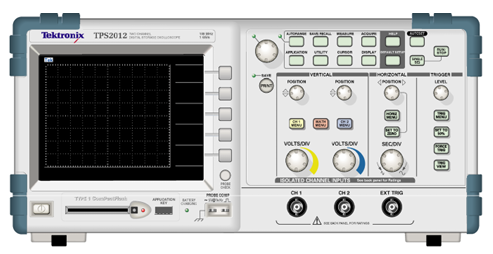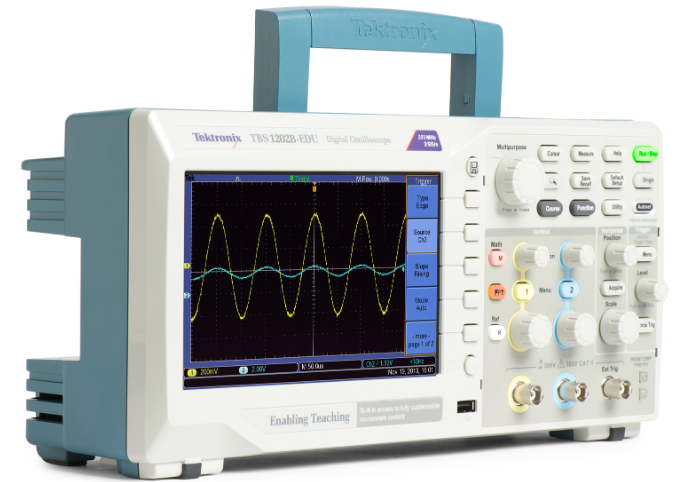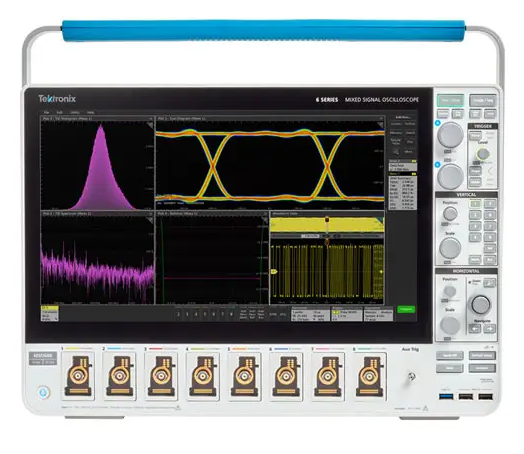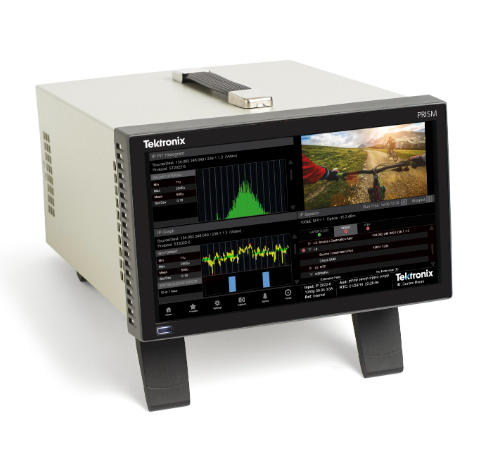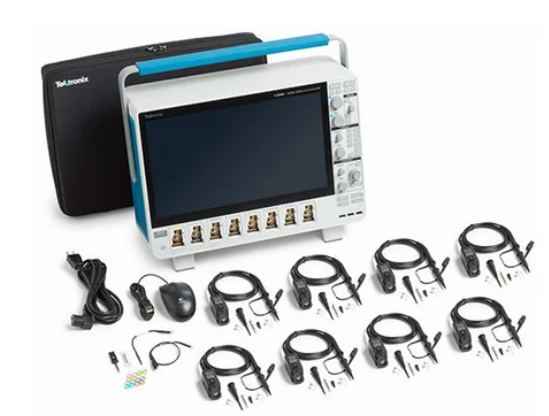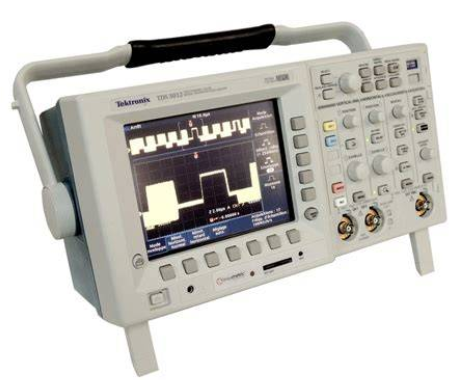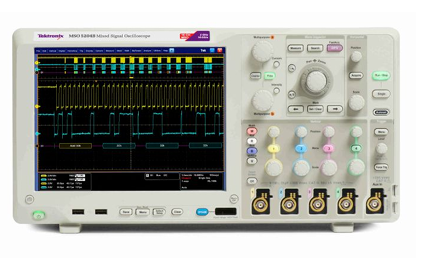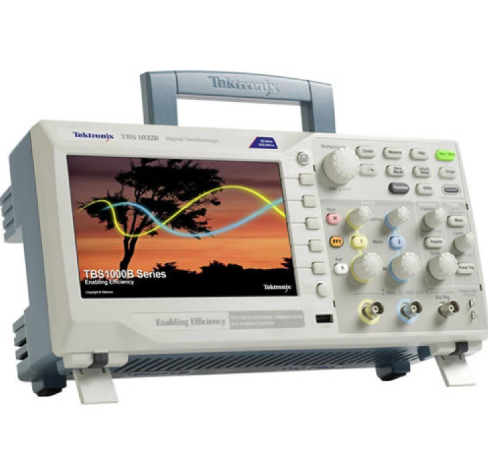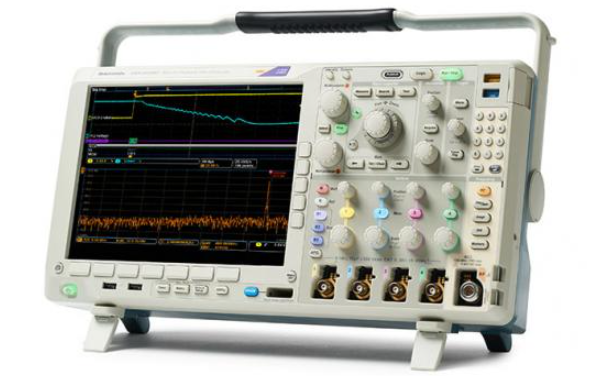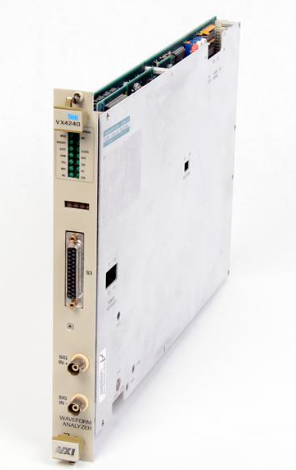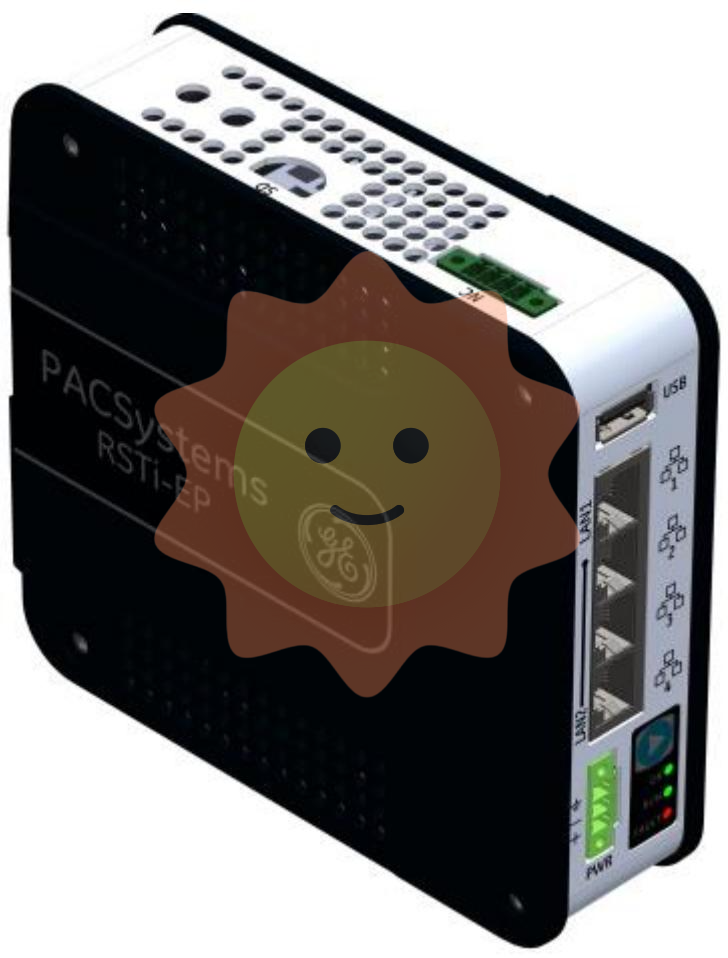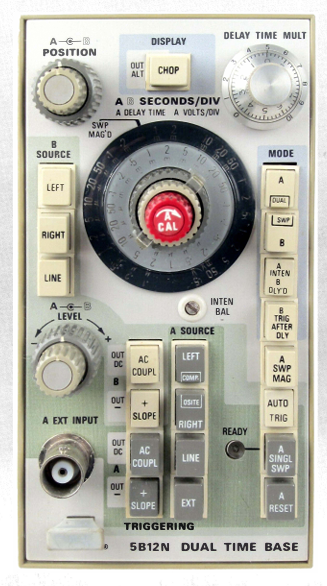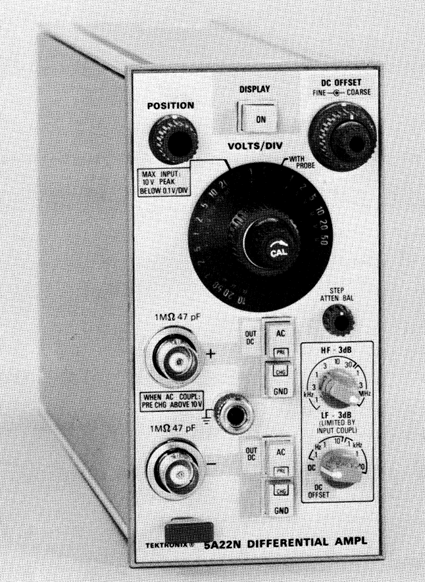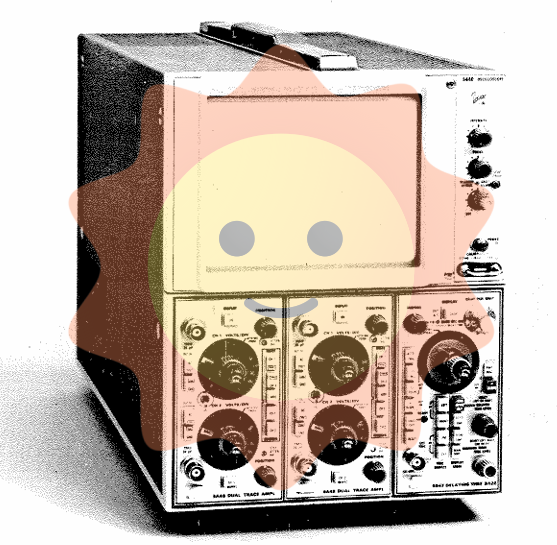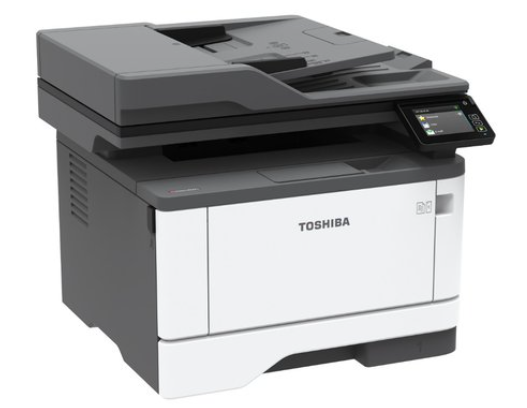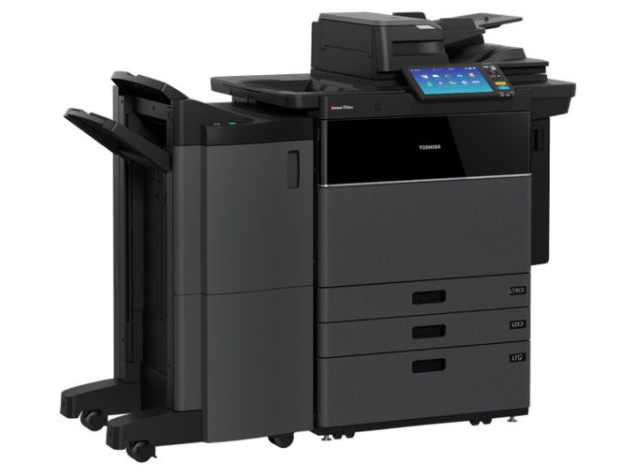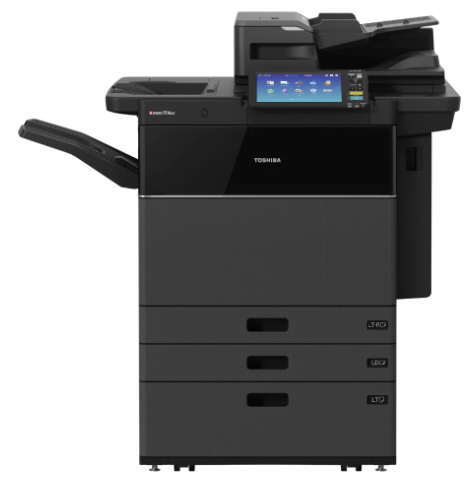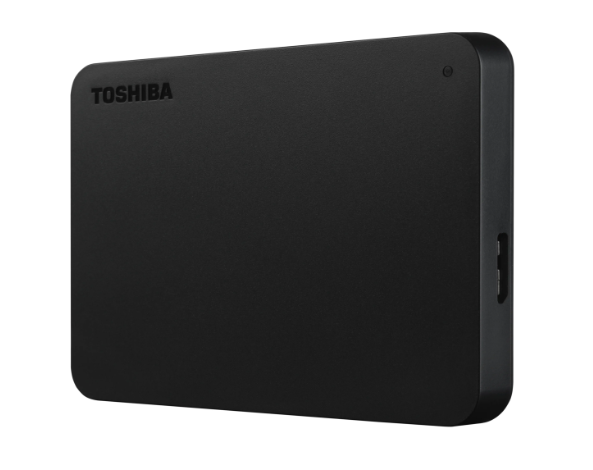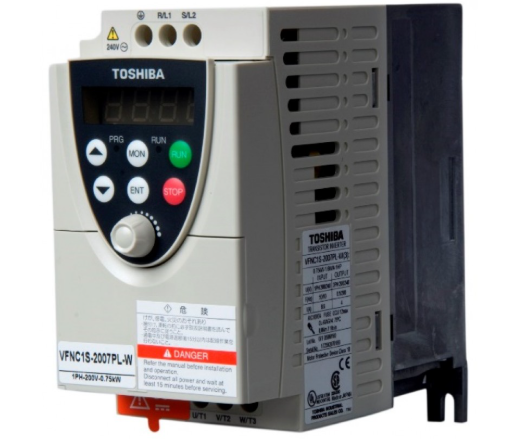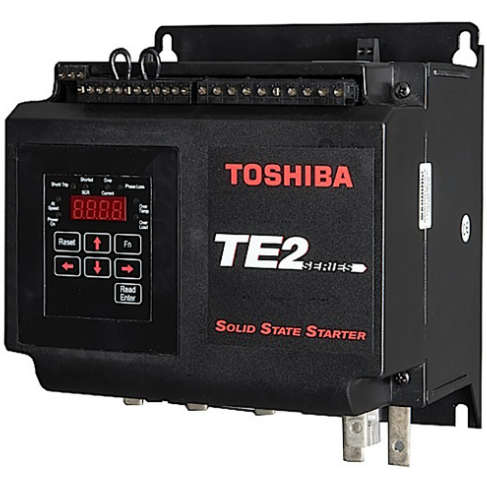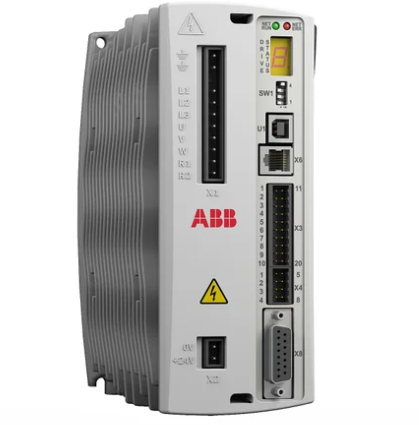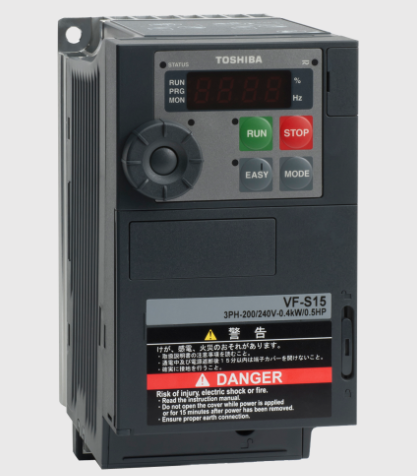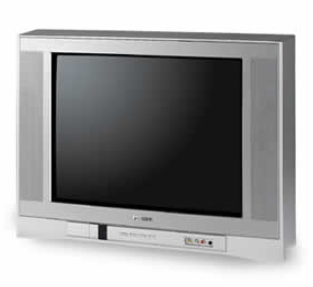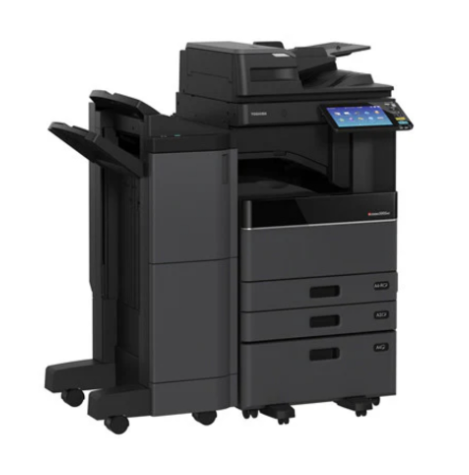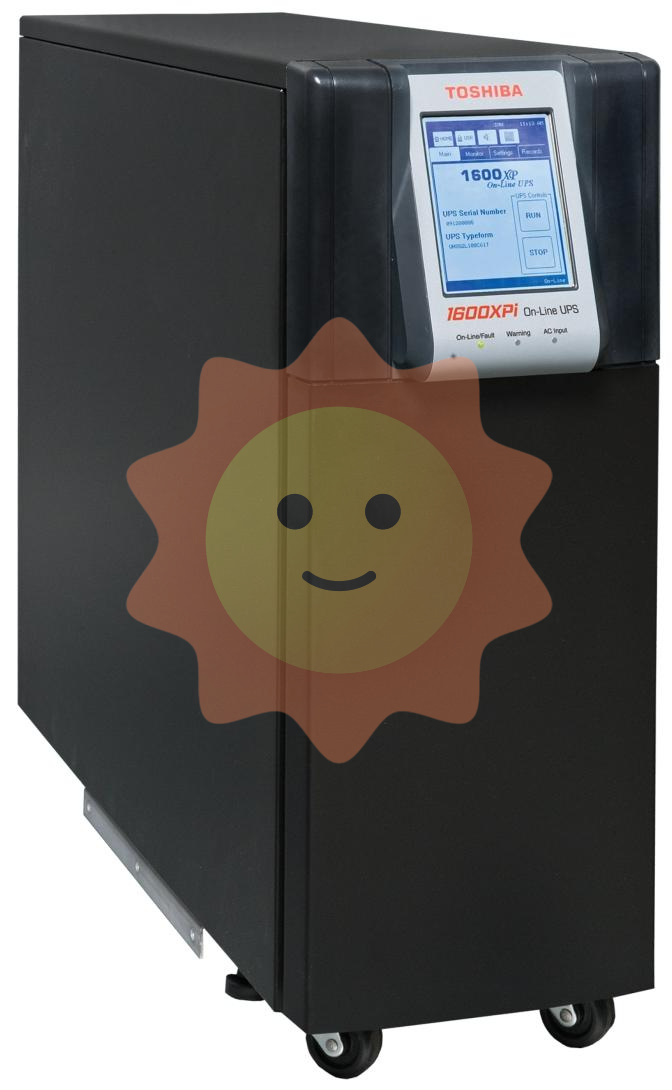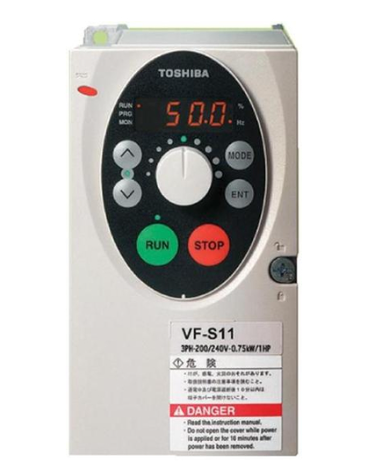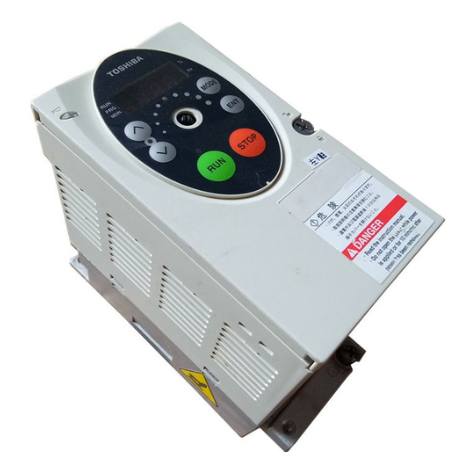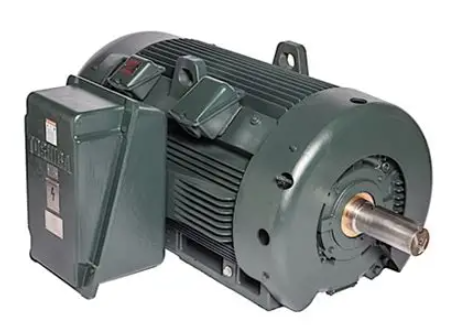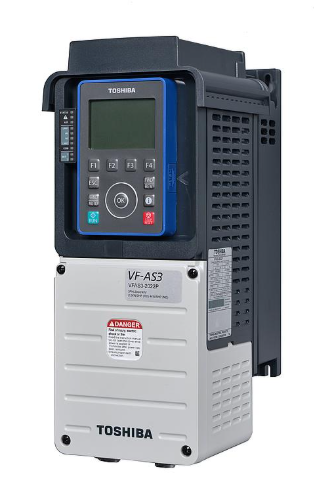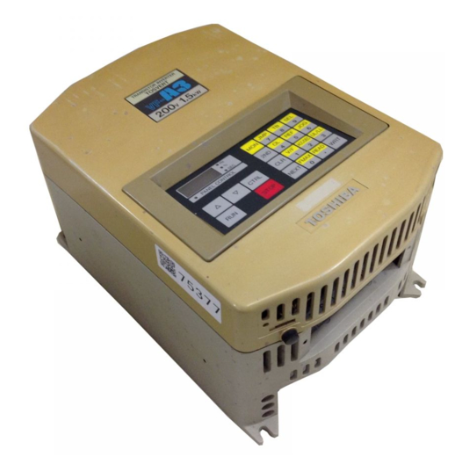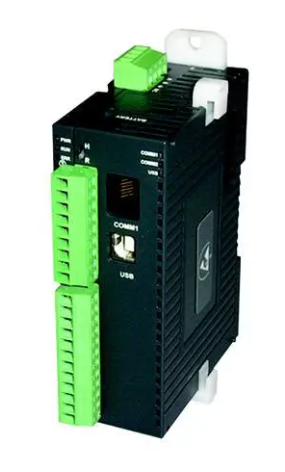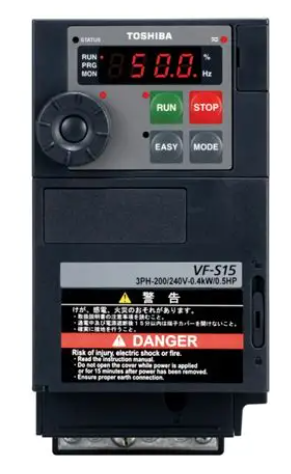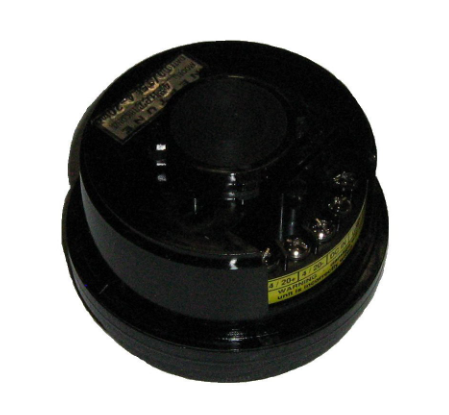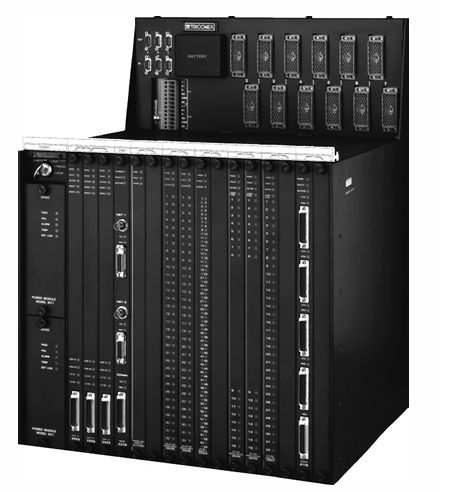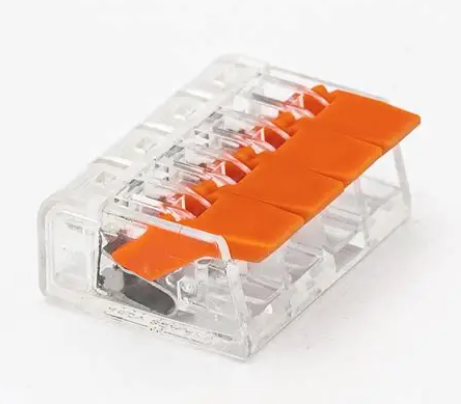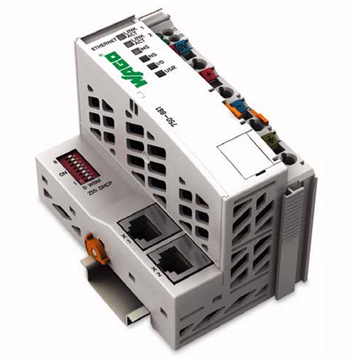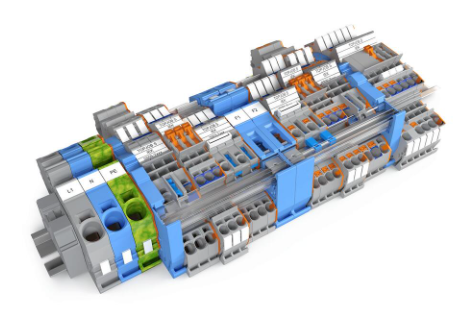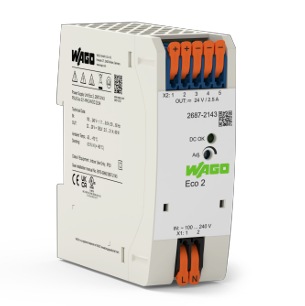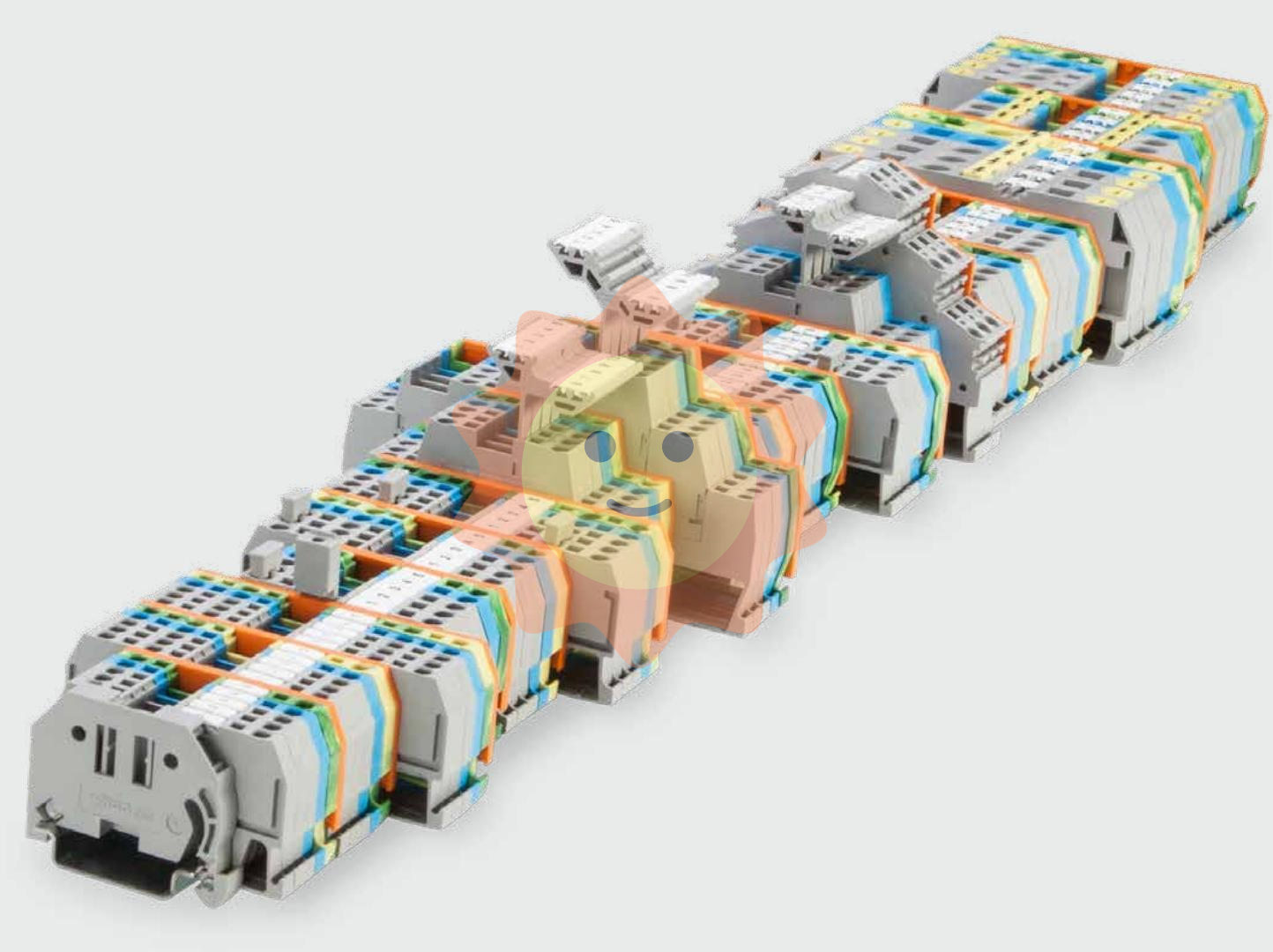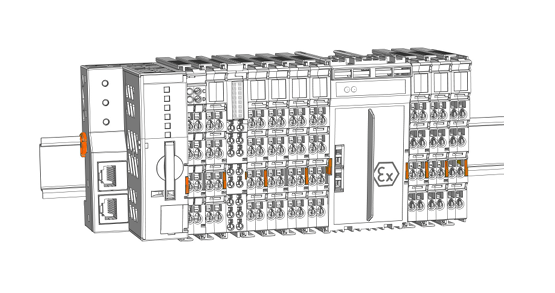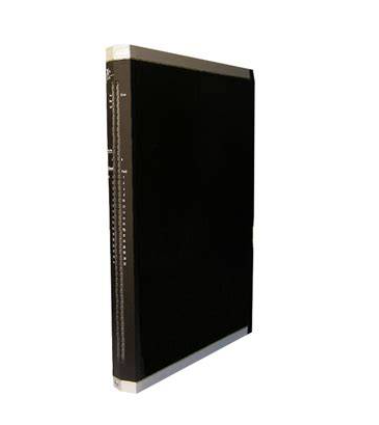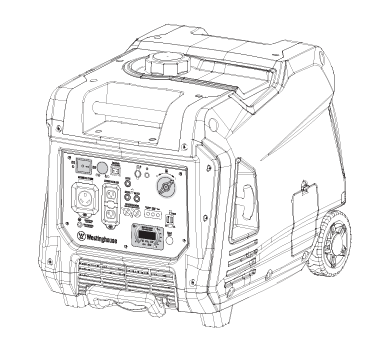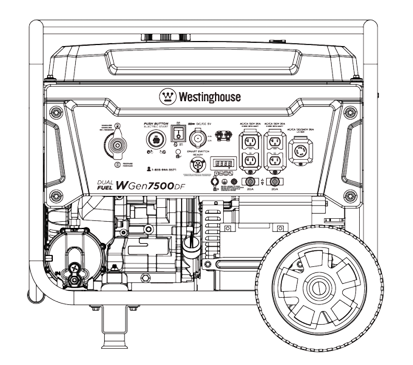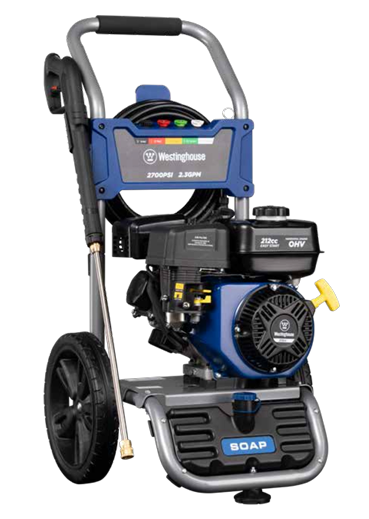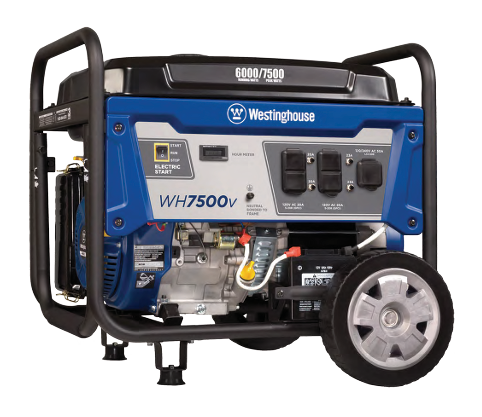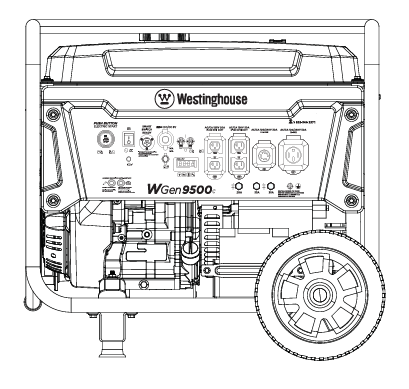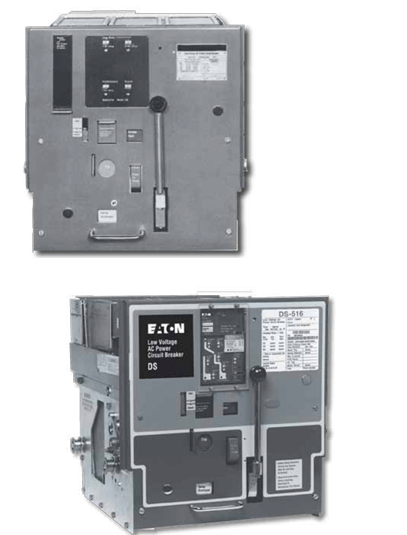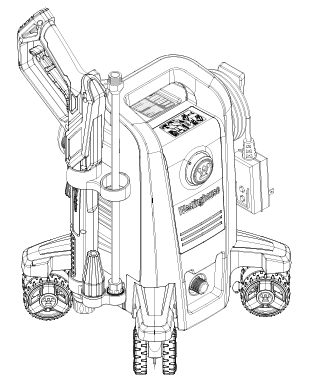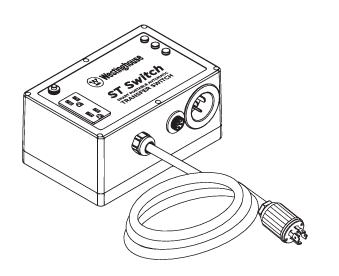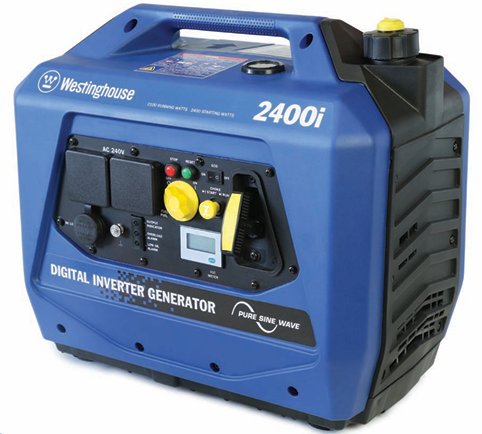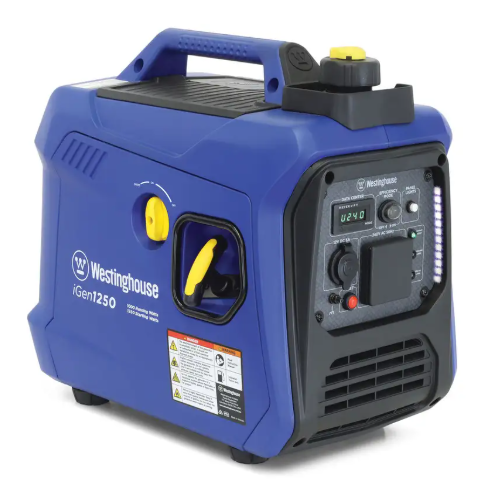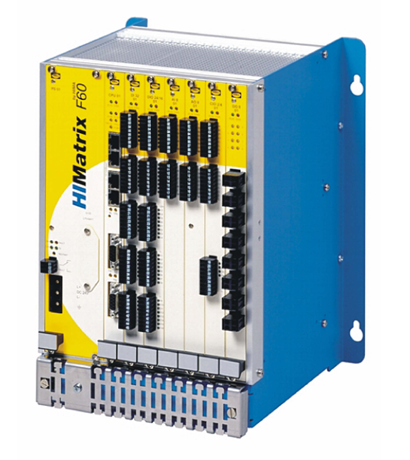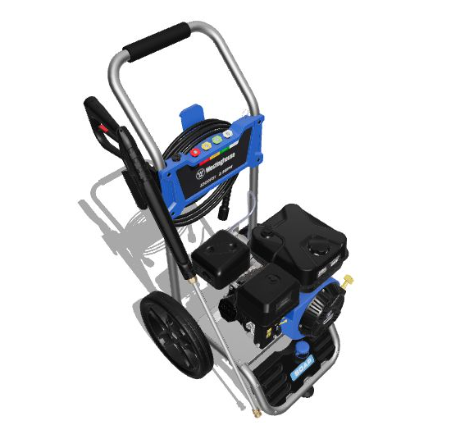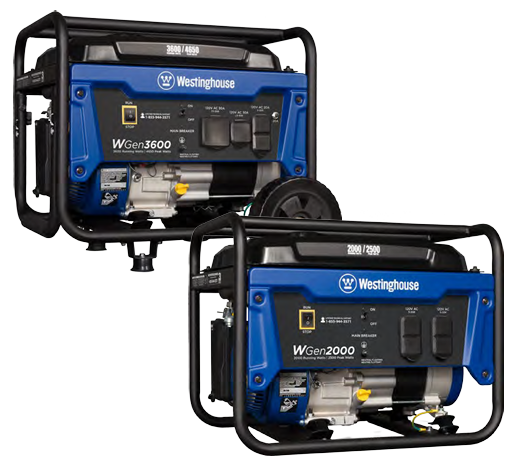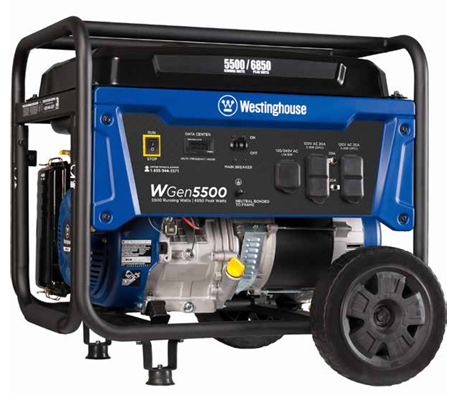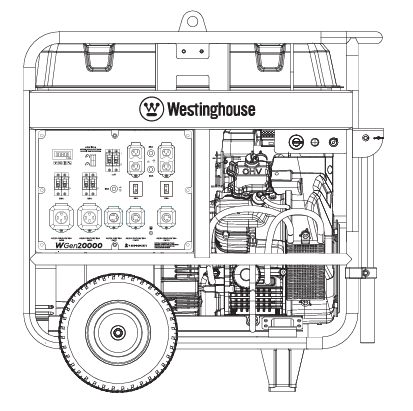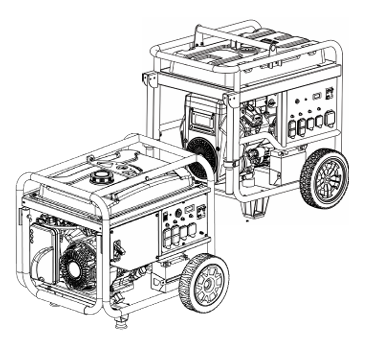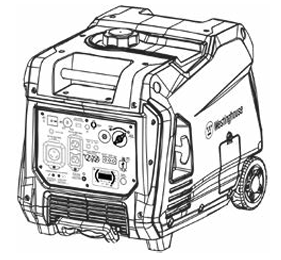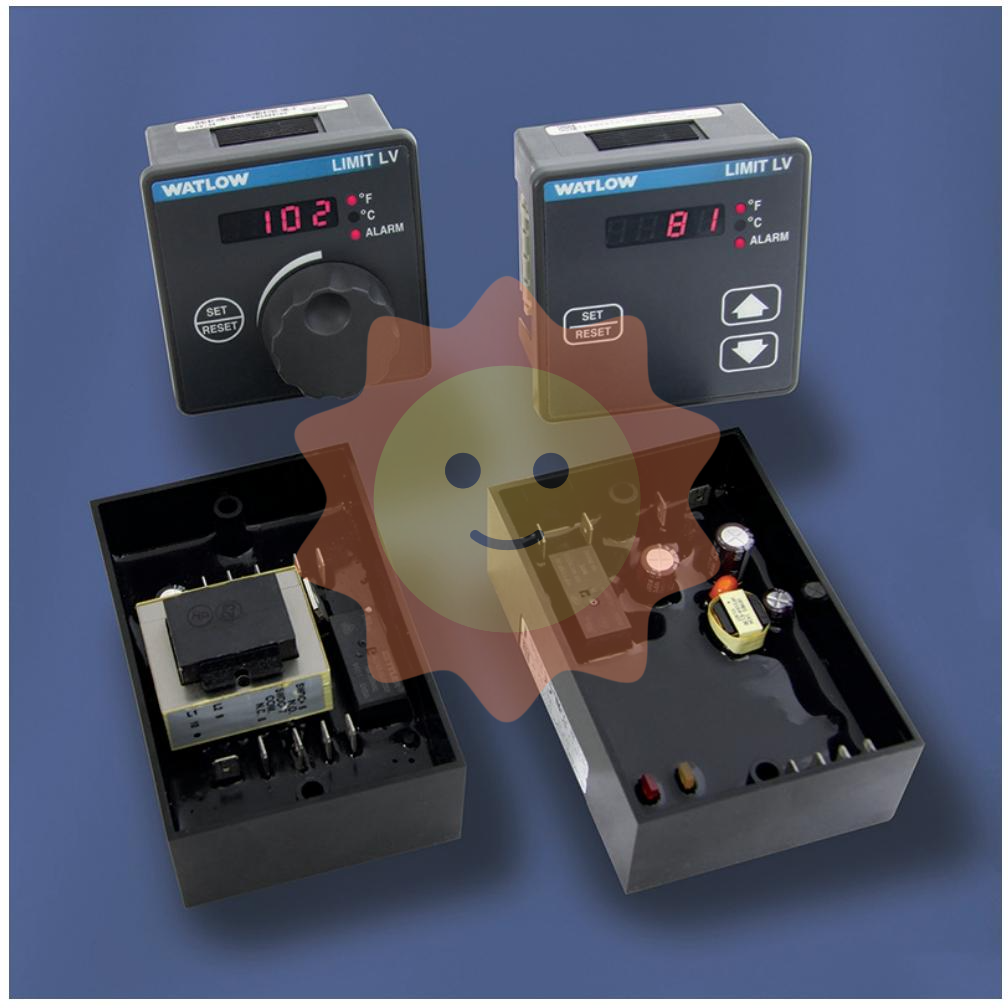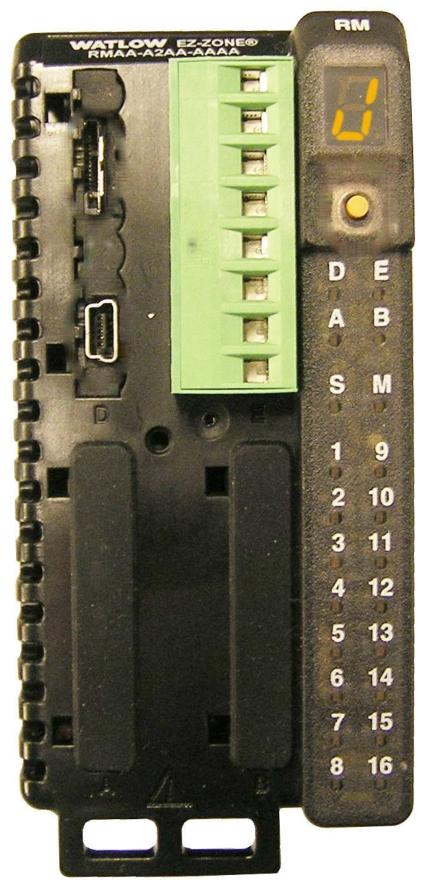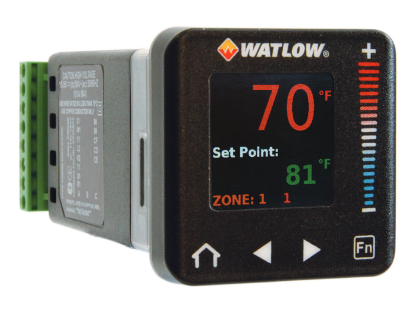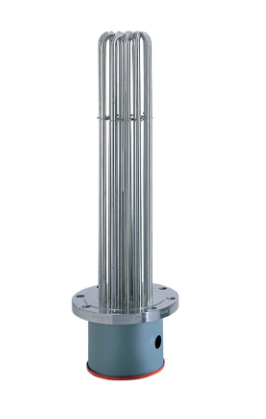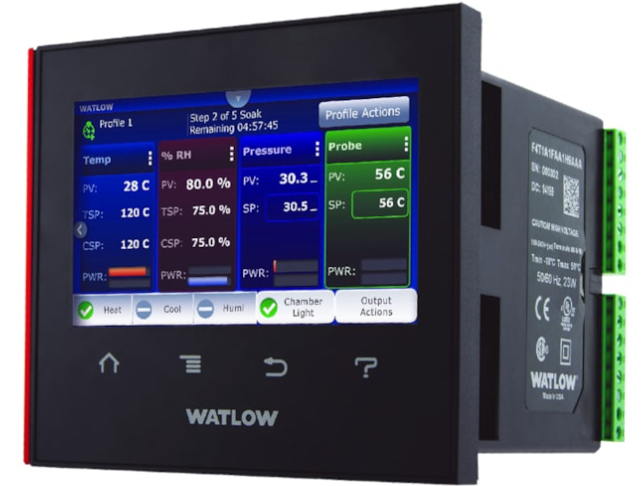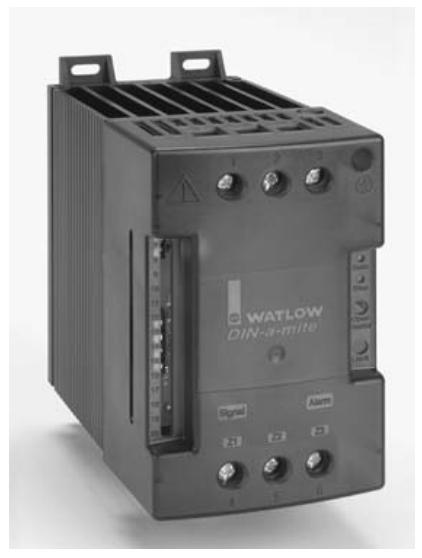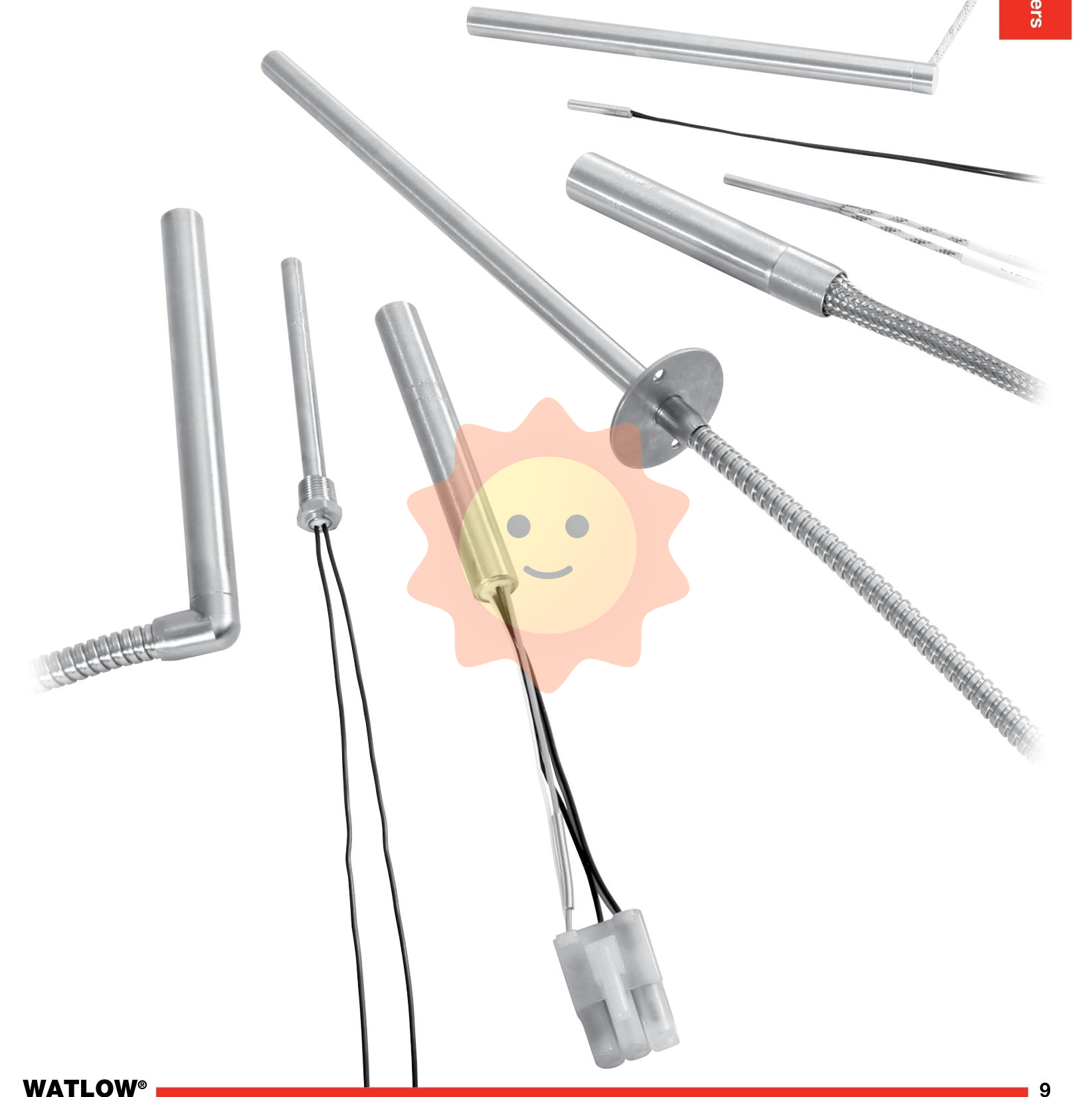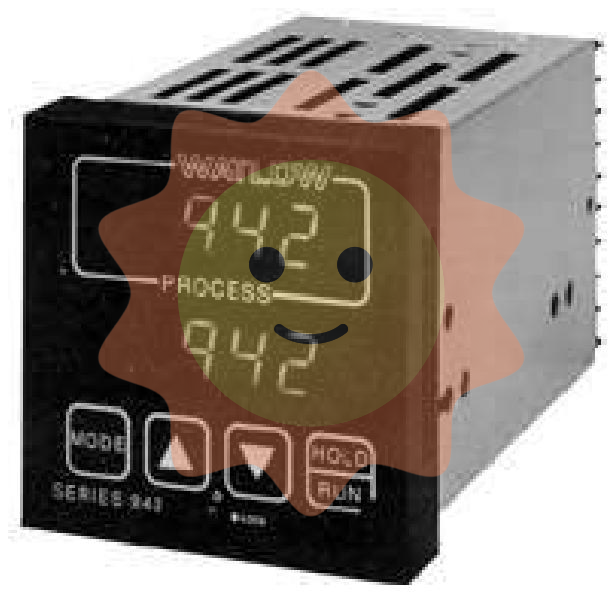ABB 3BHB003689 is a multifunctional control module that integrates power control, signal conversion, and system protection. It belongs to the ABB industrial control core component series and is an imported product from Switzerland. This module is centered around high-precision signal processing and flexible adaptation capabilities. It can regulate the operation status of power equipment through gate signals and achieve cross type conversion of electrical and pneumatic signals, solving the coordination problem between electric and pneumatic equipment in industrial systems. It is widely used in key fields such as power, chemical, and automation production lines, and is the core control unit to ensure the precise operation of complex industrial systems.
ABB 3BHB003689 Multifunction Controller Module
Product Overview
ABB 3BHB003689 is a multifunctional control module that integrates power control, signal conversion, and system protection. It belongs to the ABB industrial control core component series and is an imported product from Switzerland. This module is centered around high-precision signal processing and flexible adaptation capabilities. It can regulate the operation status of power equipment through gate signals and achieve cross type conversion of electrical and pneumatic signals, solving the coordination problem between electric and pneumatic equipment in industrial systems. It is widely used in key fields such as power, chemical, and automation production lines, and is the core control unit to ensure the precise operation of complex industrial systems.
Specification parameters
(Note: The parameters are based on the measured data from the industrial control module, and the specific information is subject to ABB's official technical manual.)
Electrical parameters:
Input voltage: rated AC input 220V, supports DC signal input range of 0~10mA or 4~20mA
Output parameters: DC output 24V, can be converted into 20-100kPa pneumatic signal, signal conversion accuracy ± 1%;
Protection configuration: Built in 10A bipolar circuit breaker, supporting maximum 60V DC input circuit protection.
Physical specifications:
Size: 200mm x 100mm x 50mm (length x width x height);
Weight: 1.2kg, packaged in standard industrial modules;
Installation adaptation: Supports chassis rail installation, requires matching with dedicated slot mechanical guide structure.
Environmental parameters:
Working temperature: -10 ℃~55 ℃. If long-term operation is required, it is recommended not to exceed 40 ℃;
Protection level: IP20, suitable for installation inside indoor control cabinets;
Anti interference: Through industrial grade EMC testing, it can resist high-frequency interference in power systems.
Performance characteristics
Dual core function integration: It combines the dual capabilities of thyristor power regulation and electric gas signal conversion - it can control current on/off through gate signal, achieving buffer free operation under high current density; It can also convert standard DC signals into pneumatic signals, suitable for hybrid systems of electric and pneumatic instruments.
Efficient and low loss operation: Optimized GTO switch characteristic design significantly reduces conduction and turn off losses, while controlling conduction losses at industry low levels, resulting in an energy efficiency improvement of over 15% compared to traditional modules.
Triple safety protection mechanism: Built in overcurrent, overvoltage, and overheating protection circuits, can trigger shutdown action within 5ms under abnormal working conditions; Cooperate with the input circuit breaker and grounding protection design to form a full chain safety barrier.
Flexible adaptation and expansion: Not only does it support the signal transmission requirements of industrial automation systems, but it can also break through transmission limits in scenarios such as HDMI signal extension, and adapt to multiple types of industrial equipment and interface standards.
Working principle
This module adopts a closed-loop control architecture of "signal acquisition processing execution feedback", and the core process is divided into three steps:
Signal input and analysis: The front-end receives two types of input signals - one is a 220V AC power signal used to drive the thyristor unit; The second is the 0~10mA/4~20mA DC control signal, which is transmitted to the internal processing unit.
Core processing and conversion: The microcontroller unit (MCU) performs dual processing on the input signal according to a preset algorithm. For the power signal, the thyristor conduction angle is controlled by adjusting the timing of the gate trigger pulse to achieve precise current regulation; For DC signals, they are converted into corresponding pressure pneumatic signals through transistor switch circuits, and the conversion process is based on real-time switching of transistor on/off states.
Execution and protection feedback: The processed signal is transmitted to the load device through the output terminal, and the module monitors the output current, temperature and other parameters in real time. Once the threshold is exceeded, the protection circuit is immediately triggered to cut off the output, and the fault type is fed back through the indicator light.
Precautions
Installation specifications:
It must be installed according to the mechanical guidance signs, and it is strictly prohibited to insert it upside down into the slot. It is also necessary to ensure unobstructed ventilation in the front, back, left, and right directions;
The input wiring should use 18AWG copper wire (rated above 90 ℃), with a grounding wire of not less than 6AWG, and the DC circuit should be isolated from the chassis grounding.
Operational safety:
Before plugging or unplugging cables, the cable contacts should be grounded and discharged to avoid static electricity damaging electronic components;
During installation, it is necessary to ensure that the power switch is turned off and live operation is strictly prohibited;
Only authorized personnel are allowed to install and maintain in restricted access areas (requiring specialized tools/keys to enter).
Environment and maintenance:
Avoid use in dusty and corrosive gas environments. If the ambient temperature exceeds 40 ℃, a forced cooling device should be installed;
Check the tightness of wiring terminals and the status of circuit breakers every quarter, and calibrate the accuracy of signal conversion every year.

- User name Member Level Quantity Specification Purchase Date
- Satisfaction :
-









Email:wang@kongjiangauto.com

